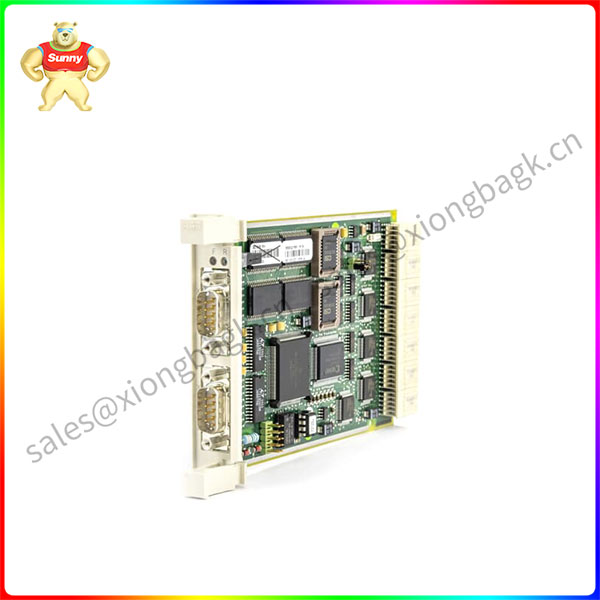Safety and reliability is one of the core requirements of industrial production, and for this indicator, the manufacturing requirements of the aviation industry will only be more stringent. In the process of product delivery, even a small bolt loosening can cause serious consequences. The protection of products and lives is a tight string in the production of Kuka.
In the field of aviation, Kuka has been working for more than 25 years and has accumulated a lot of expertise in hardware and software, and has accumulated a lot of experience in the assembly of aviation end-effectors and robots. It is committed to creating a software-defined digital flexible factory for customers to realize the scheduling and management of work units in the field of aviation intelligent manufacturing with highly flexible configuration:
A new assembly line for the Airbus A320 family fuselage structure
Airbus uses a highly automated fuselage structure assembly line for the A320 family of aircraft at the Hamburg plant, demonstrating the innovative development of Airbus’ industrial production system.
One of the steps in the fuselage structure assembly process is to join the cylindrical barrel segments together to form the fuselage, which is performed by Kuka robots with multifunctional end-effectors capable of making holes, sinking holes, applying sealant and inserting fasteners. Kuka has integrated standard Kuka robots with linear motion guides, greatly increasing the working range of these robots. Each fuselage ring joint requires 3,000 fasteners, and the A320 rear fuselage structure assembly consists of two ring joints with a total of 6,000 fasteners, with 12 robots in three assembly lines at the Hamburg plant to perform this process.
Airbus A350 Dual Robot Collaboration & Composite fuselage panel assembly

CI535V24 3BSE022158R1
Airbus A350 is currently considered to be the largest proportion of composite materials in the total weight of the aircraft structure, its composite structure weight accounted for 52% of the total weight of the aircraft structure, the force of Boeing 787 composite structure weight ratio of 50%.
The composite fuselage panel of the Airbus A350 adopts the automated assembly solution of Kuka robots. Through the collaborative work of two robots inside and outside the fuselage panel, the multi-function end effector inside the fuselage panel provides the corresponding jacking force while applying the multi-function end effector outside the panel, achieving precise collaborative clamping function. Finish making holes, sinking holes, applying sealant and inserting fasteners. The robot inside the panel can also choose the end effector that supports the quick-change function to realize the function of hole making on the inner diaphragm and corner plate of the composite fuselage panel.
Kuka robot high lock bolt automatic installation tightening solution
With the development of modern aviation manufacturing technology, new materials and processes are applied to the aircraft manufacturing process, the most typical representative is the widespread application of composite materials, resulting in the change of aircraft assembly process and the widespread use of new fasteners, high lock bolts are the most representative fasteners.
Kuka has a competence center for the field of aerospace intelligent manufacturing for the development of new end-effectors and new robotic assembly solutions. Kuka Robot automatic installation and tightening solution for high lock bolts Based on the cooperative working mode of two robots inside and outside the aircraft fuselage, the tightening end actuator of small cooperative robot innovative design is added to the jacking end actuator inside the fuselage robot to realize the automatic installation and tightening function of high lock bolts.
In the future, Kuka will continue to contribute to the automation development of the aviation industry, and provide more effective, reliable and safe automation solutions for the aviation industry through continuous innovation and technological improvement, and inject new impetus into the development of the industry.
 中文版
中文版




